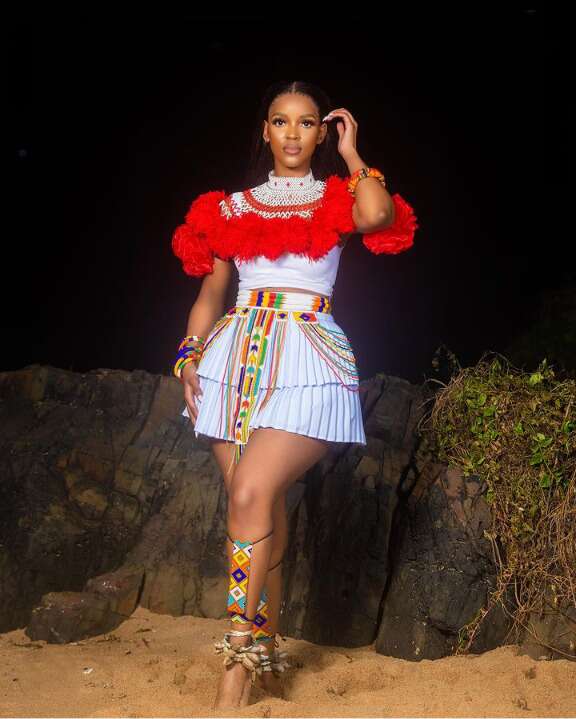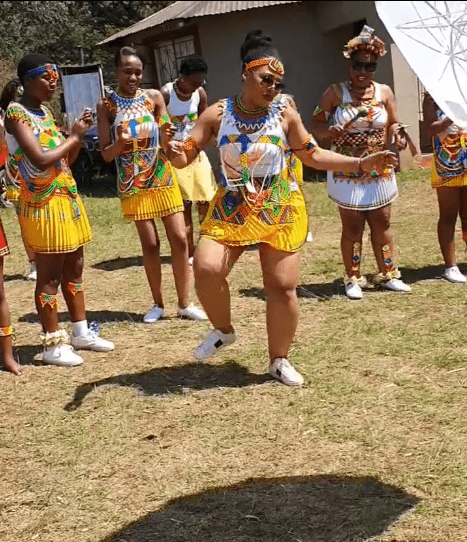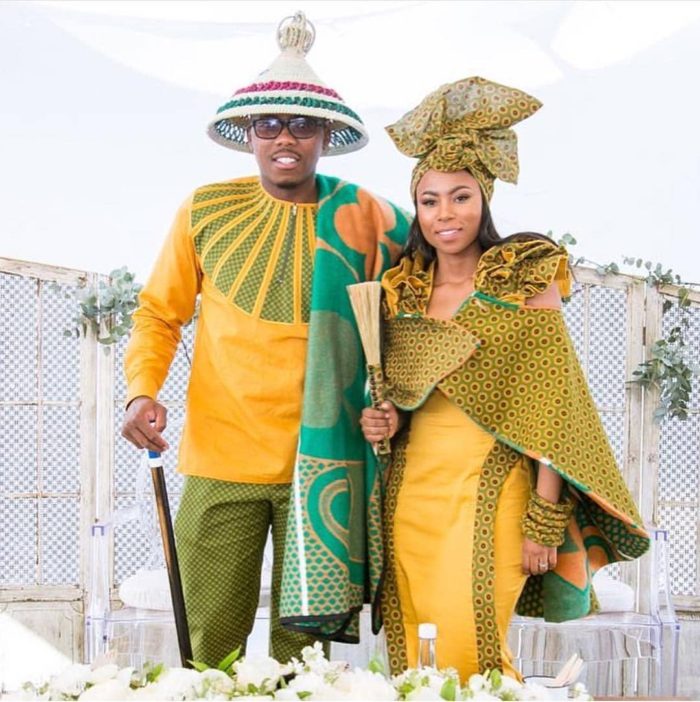Even though Zambia is a country with different tribes and customs, the marriage process is predominantly the same. Initially, in Zambia, just like many other African countries and customs, families usually looked for prospects within their tribe, and rarely went outside their circle to find a partner.
At the start of the marriage procedure, there usually is a mediator who serves as a negotiator for the marriage proposal between a man and his bride-to be’s family. This mediator is known as the Ba Shibukombe or Katawa Mpango, depending on the tribe. He is usually a man of integrity and well respected in the society.
The mediator is the one who plans the first visit of the intending groom to the girl’s parents, by initially carrying some gifts from the groom to present to them.
If the meeting goes well, he is asked to return on another day where the bride-to-be will be present. At that meeting she is asked by her parents if she knows whom the man is representing, if she answers in the affirmative, then another meeting to discuss dowry payments is arranged.
During this next meeting the mediator presents exotic foods from the groom’s family to the bride’s family as a sign of appreciation.
The groom’s family then begin to make plans for their visit to the girl’s family for the marriage negotiations, dowry pay or lobola.
On this visit, the groom’s family are traditionally expected to bring a manufactured hoe, wrapped in cloth with a handle. The hoe is a symbol for the cultivation of the earth and for fertilization. The man also carries white beads and a small amount of money. The beads and money are put in a small plate and covered.
This visit could be referred to as the insalamu or courtship and it comes with a wedding engagement gift. (Wedding engagement gift).
The gifts, which are mostly beads, are symbolic of the man’s official proposal to show his commitment.
When this is accepted, it symbolizes that the girl has agreed to marry him, so they then seek the approval of the parents. When the parents give their consent then the marriage negotiations can begin.
This is the manner in which the bride’s family is officially informed.
As part of the acceptance, Icisumina Nsalama, also known as the acceptance of marriage proposal meal is prepared by the girl’s family. This meal is delivered to the groom as a symbol of their acceptance of his marriage proposal.
The groom gets a plate of Nshima (traditional thick porridge made from maize meal) and a plate of whole chicken. Through this gesture, the bride’s family shows that they accept the marriage proposal on their daughter’s behalf.
Zambian Kitchen Party
The kitchen party is an accepted and necessary pre-wedding tradition unique to Zambians ladies who are engaged. The main purpose of this party is for guests from both families to give advice to the bride in several areas, and then accept the couple into each other’s families, before the big day.
Dowry – Lobola in Zambia
In Zambia, money and gifts must be presented to the girl’s family as a form of compensation to the family for the lost services of the girl, and this compensation is known as lobola or dowry, and it comes after the official engagement of the couple.
The lobola may include cattles, chickens and a cow (if the girl was a virgin). However, these days some tribes make additonal requests for chitenge cloth, canvas shoes and a dress, 2 blankets, a pair of shoes and a suit for the father. The dowry is also now monetized in many cases as agreed by both families.
After this wedding, most Zambians still decide to seal the marriage with a church blessing known as white wedding ceremony.
Photo-Credit: Uchizi Creative House










